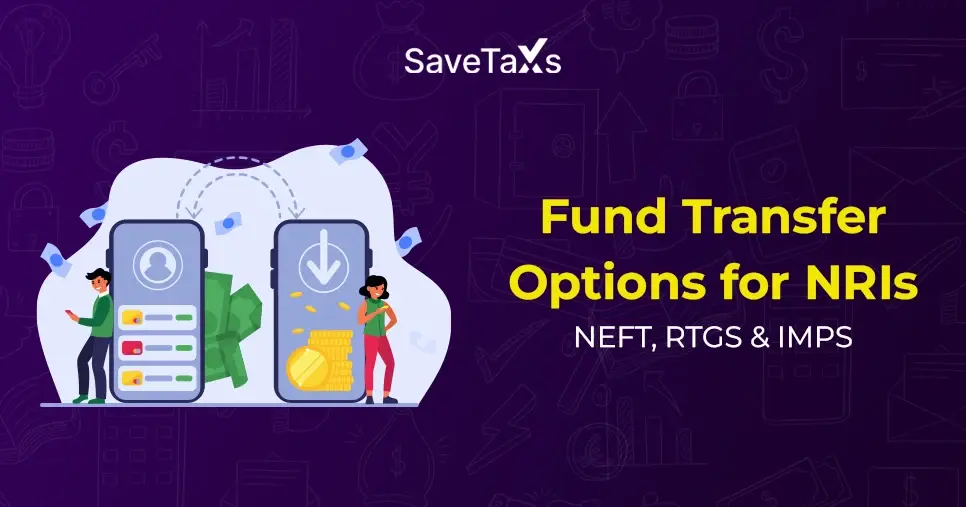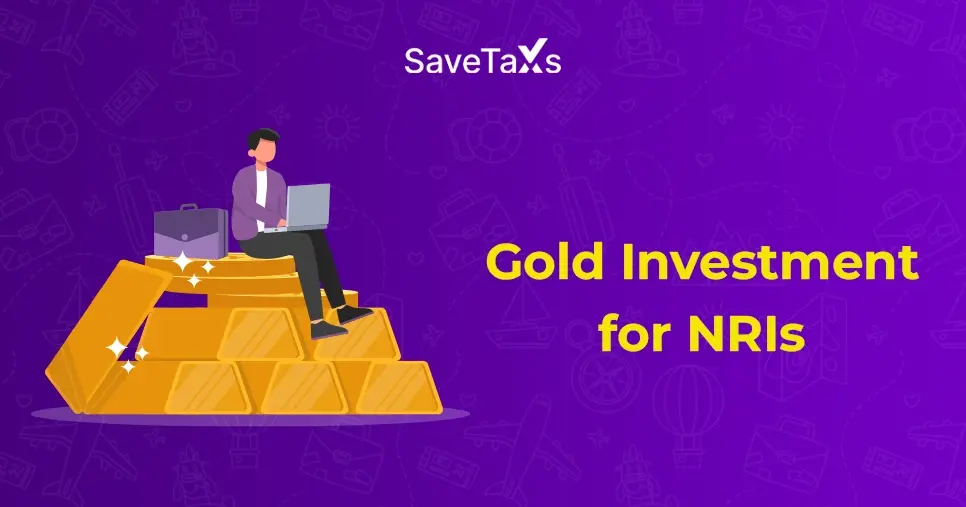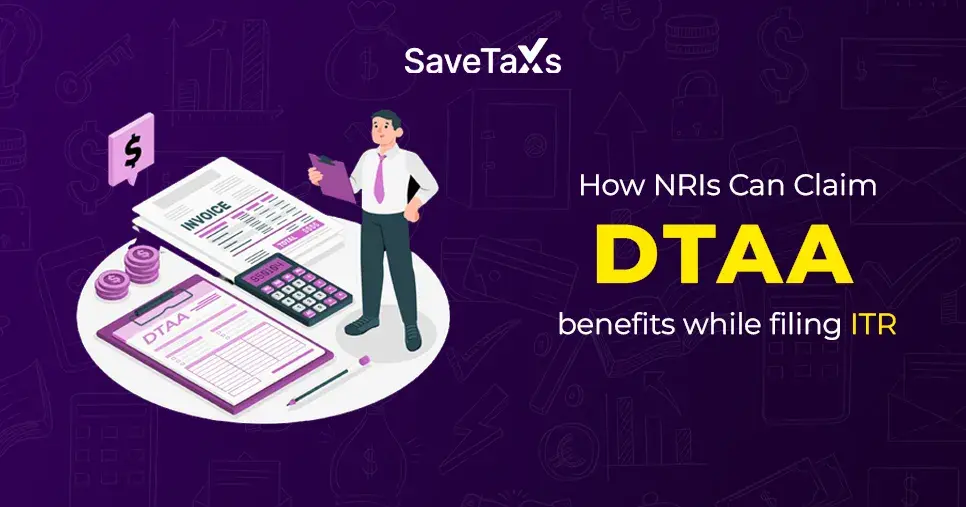Tax Deducted at Source (TDS) is a part of the Indian tax system, introduced to collect tax at the source of income for individuals, NRIs, and businesses. This concept is particularly based on the principle of "pay as you earn", where the government will deduct a specific amount of tax before the taxpayer receives the income. It ensures that tax is collected regularly and avoids tax fraud. The TDS applies to different types of income, such as salary, rent, interest, dividends, professional fees, and many others. Understanding the different types of TDS is important for NRIs, individuals, as well as businesses to adhere to the tax regulations and manage their finances effectively. This blog will give you an overview of the different types of TDS available in India.
What is Tax Deducted at Source?
Tax Deducted at Source (TDS) is a system introduced by the Income Tax Department of India to collect tax directly from the income sources. According to the Income Tax Act, an individual who earns above a specific threshold has to deduct tax at source as TDS (Tax Deducted at Source). It applies to different types of payments, such as salaries, rent, dividends, etc.
The person or company that deducts a tax and transfers it to the government is known as the "deductor". The individual who receives the income with the TDS is called the "deductee". The deducted amount is then reflected in the recipient's Form 26AS, which can be used later during income tax returns and TDS return filing. The rate of TDS may vary depending on the nature of the payment and the recipient's status, i.e, individual, company, etc. The rates are prescribed by the Income Tax Act, and failing to comply with the deduction and remittance of TDS can attract penalties and interest charges.
What are the Types of TDS in India?
There are several types of TDS that a taxpayer must be aware of. Each type belongs to a specific category of payment or income to make sure that the tax is deducted at the accurate rate and from the correct source. The main types of TDS are as follows:
Section 192: TDS on Salary
According to Section 192 of the Income Tax Act, an employer is required to deduct TDS on salaries paid to employees. The amount is computed based on the total income of the employee, applicable income tax slabs for the financial year, exemptions, deductions, and other applicable factors. The employer has to calculate the TDS amount, deduct it from their salary, and transfer it to the government on behalf of the employee.
This deduction is made monthly, ensuring that employees pay their tax throughout the year rather than at the end of a financial year. A Form 16 certificate is issued to the employer at the end of the financial year, containing all the details related to the amount of TDS deducted. This type is vital for individuals to maintain a smooth flow of tax revenue and to ensure that employees are fulfilling their tax obligations on time. It doesn't apply to an NRI unless they are employed in India and receive a salary income.
Section 192A: TDS on PF Withdrawals
This section of the Income Tax Act mandates tax deduction at source (TDS) on early withdrawals from the Employees Provident Fund (EPF). The employer is responsible for deducting and remitting the TDS to the government at the time of withdrawal. If you withdraw the collected balance in the EPF before five years of continuous service, and the amount withdrawn is more than Rs 30,000, TDS is deducted at 10%. However, if the employee doesn't submit a Permanent Account Number (PAN), then the TDS will be deducted at the maximum marginal rate, which is 34.608%. If you withdraw the amount after five years of continuous service, no TDS will be deducted.
Section 194: TDS on Dividend
Section 194 of the Income Tax Act mandates TDS deduction for companies paying dividends to their shareholders or unit holders if the dividend amount exceeds a specific limit. This applies to resident and non-resident shareholders for all types of dividends, including those from equity shares, mutual fund units, and preference shares.Under Section 194, the TDS rate is 10% if the dividend exceeds Rs. 5000 in one fiscal year. Additionally, if the recipient doesn't provide a PAN, the TDS rate will increase to 20%.
Section 194A: TDS on Interest
Under Section 194A of the Income Tax Act, TDS is deducted from interest income from bank deposits, fixed deposits, and other interest-bearing instruments, excluding interest on securities. TDS applies when the interest paid in a fiscal year exceeds Rs. 40,000 for individuals and Rs. 50,000 for senior citizens. Banks and financial institutions are responsible for deducting the TDS if the amount exceeds the specified threshold. Under Section 194A, the TDS rate is 10%, given that the recipient provides their PAN. If not, the TDS rate will increase to 20%. For NRIs, the interest on NRO accounts is taxed at 30% under this section. It helps collect taxes at the source on interest income, ensuring that individuals earning a good amount of interest income contribute their tax shares fairly.
Section 194B: TDS on Lottery and Prize Winnings
Winnings from lotteries, crossword puzzles, and other similar games or competitions are subject to TDS (tax deduction at source) for both individuals and NRIs. The event organizer is responsible for deducting the TDS before giving the winning amount to the recipient. Under Section 194B of the Income Tax Act, the TDS rate is 30% on the total winnings if the amount exceeds Rs. 10,000 in a fiscal year. This provision ensures that tax is collected from the winnings of lotteries and prizes, contributing to the government's revenue.
Section 194C: TDS on Contractor Payments
This section mandates tax deduction at source (TDS) on payments made to contractors and subcontractors for carrying out work or service contracts. This applies to both individuals and corporate contractors, including those providing services like transport and labour supply. Additionally, NRIs hiring contractors in India for work must also deduct TDS. The TDS rate under Section 194C of the Income Tax Act for an individual or Hindu Undivided Family is 1%, and 2% for others. The threshold limit for TDS deduction is Rs. 30,000 in a fiscal year, applicable when the payment is made to the contractor for a work or supply contract exceeding this limit.
Section 194D: TDS on Insurance Commission
Section 194D of the Income Tax Act mandates tax deduction at source (TDS) on insurance commission payments made to a resident. It ensures that the income earned by agents through commission is taxed properly. Under Section 194D, the TDS rate is 5%, provided that the commission paid exceeds Rs. 5,000 in a fiscal year. The person who is making the payment, generally the insurer, is responsible for deducting the TDS. An NRI receiving insurance commissions in India is also responsible for deducting and remitting the TDS. They must deduct the TDS at the time of making the payment, and if the recipient is not eligible to provide a Permanent Account Number (PAN), they may have to experience higher TDS rates.
Section 194H: TDS on Commission and Brokerage
This section mandates tax deduction at source (TDS) on payments made as commission or brokerage. It applies to various payments made during a business or profession, such as commissions, brokerage, or remuneration for services provided. These fees are common in real estate, finance, and insurance industries. Additionally, this is applicable for NRIs as well. The TDS rate for payments exceeding Rs. 15,000 in a fiscal year is 5% under Section 194H of the Income Tax Act. The person who is making the payment has to deduct and remit the TDS to the government within the permitted time duration.
Section 194I: TDS on Rent
Under Section 194I of the Income Tax Act, TDS is deducted on payments made for the use of land, building, machinery, or equipment used under a lease, tenancy, or similar agreement. If the payment is made to a president, then the person paying the rent will be responsible for deducting and depositing the TDS with the government. For rent payments of land and buildings, the TDS rate is 10%, while for rent payments for machinery or equipment, the TDS is 2%. The TDS will be applicable when the total income of rent paid in a year exceeds the limit of Rs. 2.4 lakhs. By imposing a tax deduction at source on rent, the government ensures that the rental income is taxed accurately, avoiding any kind of tax fraud in the real estate and leasing sectors.
Section 194J: TDS on Professional Fees
Payments made to professionals or technical fees paid to a resident are subject to TDS deduction. This provision applies to payments made for legal, medical, technical, consultancy, or other professional services. It ensures that individuals receiving income from a professional service also contribute to the taxation system. Under Section 194J of the Income Tax Act, the TDS rate for payments exceeding Rs. 30,000 in a fiscal year is 10%.
The payment made to an NRI will attract TDS under Section 195 of 10-30% based on the nature of the income. If you make the payment for a technical service, the rate stays the same. However, for professional services, it applies to both individuals and businesses. The payer has to deduct and remit the TDS to the government. TDS deduction on professional fees helps collect taxes regularly from higher-earning professionals.
Section 194O: TDS on E-commerce Transactions
E-commerce operators must deduct TDS on payments made to e-commerce participants (sellers) using their e-commerce platforms. Section 194Q of the Income Tax Act ensures that income generated through e-commerce activities is taxed. Under this section, the TDS rate is 1% for the sale of goods or services rendered through e-commerce platforms, and the threshold limit for deduction is Rs. 5 lakhs in a financial year. Additionally, if the seller doesn't provide a Permanent Account Number (PAN), the TDS (tax deduction at source) rates may be higher.
The TDS must be deducted either when crediting or paying the seller, whichever is earlier. TDS's role in such transactions ensures that sellers on such platforms also contribute to the tax system in India.
Section 194Q: TDS on Purchase of Goods
Section 194Q of the Income Tax Act requires TDS deduction on the purchase of goods by a buyer from a resident seller. This section applies to individuals, HUFs, businesses, and NRIs who are purchasing goods in India. The TDS (tax deduction at source) will apply when the total amount of purchase from a seller exceeds Rs. 50,00,000 in a fiscal year. The buyer must deduct the TDS at the rate of 0.1% on the purchase that exceeds Rs. 50,00,000. The TDS must be deducted at the time of making the payment or credit, whichever occurs first, and transferred to the government.
Section 194R: TDS on Benefits and Perquisites
This section mandates tax deduction at source on benefits or perquisites provided to a resident, such as a business or professional relationship. It applies when benefits of perquisites, like gifts, vouchers, or free services, are given in connection with a business or profession. Section 194R of the Income Tax Act applies when the aggregate value of these benefits or perquisites that a person provides to the recipient exceeds the limit of Rs. 20,000 in a fiscal year. Under this section, the applicable TDS rate is 10%. The person who is providing the benefit is responsible for deducting and remitting the TDS (tax deduction at source) to the government.
Section 194IA: TDS on Sale of Property
Under Section 194IA of the Income Tax Act, TDS applies to the sale of residential and commercial property, or all transactions that involve an immovable property, such as land and building, specifically when the transaction value exceeds Rs. 50,00,000. However, this doesn't include the sale of agricultural land. The property buyer is responsible for deducting 1% from the sale proceeds as TDS before paying the seller. The buyer must acquire a TDS certificate for the seller, and the deducted TDS amount must be transferred to the government within the specified deadline.
Section 195: TDS on Payments to Non-Residents
Any payment made to non-residents, including foreign companies, for any income arising in India, is subject to a tax deduction at source (TDS). This applies to different types of payments, like interest, royalties, technical fees, dividends, etc. The rate of TDS Under Section 195 of the Income Tax Act is determined based on the nature of the payment and the provisions of any applicable Double Taxation Avoidance Agreement (DTAA) between India and the non-resident's country of residence.
This section covers all cross-border payments, and the person making the payment has to deduct and remit the TDS to the government. By deducting tax on payments made to non-residents, the government makes sure that income generated within the country by a foreign entity is taxed appropriately. TDS must be deducted when making the payment, and the amount must be remitted to the government within the specified period.
TDS Section List
Given below is a table of the TDS section list:
| Section | Nature of Payment | TDS Rate | Threshold Limit |
|---|---|---|---|
| Section 192 | TDS on salary | As per the income tax slabs | N/A |
| Section 192A | TDS on PF withdrawals | 10% | Less than or equal to: Rs. 30,000 (withdrawing less than 5 years). |
| Section 194 | TDS on Dividend | 10% | Rs. 5,000 |
|
Section 194A
|
TDS on interest
|
If PAN is provided: 10%. | For individuals: Rs. 40,000. |
| If PAN is not provided: 20%. | For senior citizens: Rs. 50,000. | ||
| Section 194B | TDS on lottery and prize winnings | 30% | Rs. 10,000 |
|
Section 194C
|
TDS on contractor payments
|
For individuals and HUFs: 1%. |
Rs. 30,000
|
| For others: 2%. | |||
| Section 194D | TDS on insurance commission | 5.00% | Rs. 15,000 |
| Section 194H | TDS on commission and brokerage | 5% | Rs. 15,000 |
|
Section 194I
|
TDS on rent
|
For land or building: 10%. |
Rs. 2.4 lakhs
|
| For machinery or equipment: 2% | |||
| Section 194J | TDS on professional fees | 10% | Rs. 30,000 |
| Section 194O | TDS on e-commerce transactions | 1% | Rs. 5 lakhs |
| Section 194Q | TDS on the purchase of goods | 0.10% | Rs. 50 lakhs |
| Section 194R | TDS on benefits and perquisites | 10% | Rs. 20,000 |
| Section 194IA | TDS on the sale of property | 1% | Rs. 50 lakhs |
| Section 195 | TDS on payments to non-residents | As per the agreement to the DTAA | N/A |
To Conclude
Understanding the different types of TDS in India can help taxpayers navigate the tax obligations easily and ensure easy compliance with the tax laws. Each TDS type has specific rates and thresholds, which we have discussed in this blog. Deducting the TDS on time and remitting it to the government will help you avoid any kind of penalties and ensure accurate tax credit claims. Staying informed about the various sections and their requirements can help you manage your financial obligations effectively. However, it is not easy for a normal individual to remember all of this.
Therefore, seeking assistance from the experts of the SaveTaxs team can help you make this complex process seamless. We have been guiding thousands of individuals for decades now. Our team provides customised guidance to fulfill all your requirements. Do not wait any further, and contact our experts right away as they are actively working around the clock to provide solutions to all your tax-related issues.
Note: This guide is for informational purposes only. The views expressed in this guide are personal and do not constitute the views of SaveTaxs. Savetaxs or the author will not be responsible for any direct or indirect loss incurred by the reader for taking any decision based on the information or the contents. It is advisable to consult with either a Chartered Accountant (CA) or a professional Company Secretary (CS) from the Savetaxs team, as they are familiar with the current regulations and help you make accurate decisions and maintain accuracy throughout the whole process.

Mr Manish is a financial professional with over 10 years of experience in strategic financial planning, performance analysis, and compliance across different sectors, including Agriculture, Pharma, Manufacturing, & Oil and Gas. Mr Prajapati has a knack for managing financial accounts, driving business growth by optimizing cost efficiency and regulatory compliance. Additionally, he has expertise in developing financial models, preparing detailed cash flow statements, and closing the balance sheets.
Want to read more? Explore Blogs
Frequently Asked Questions
No matter what your source of income is, we've got you covered. There’s a plan for everybody!
_1753429421.webp)
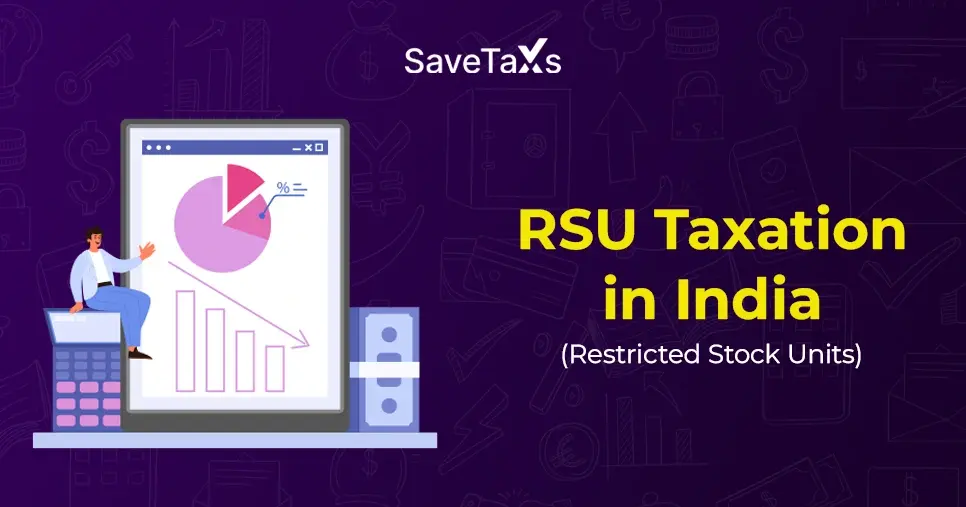
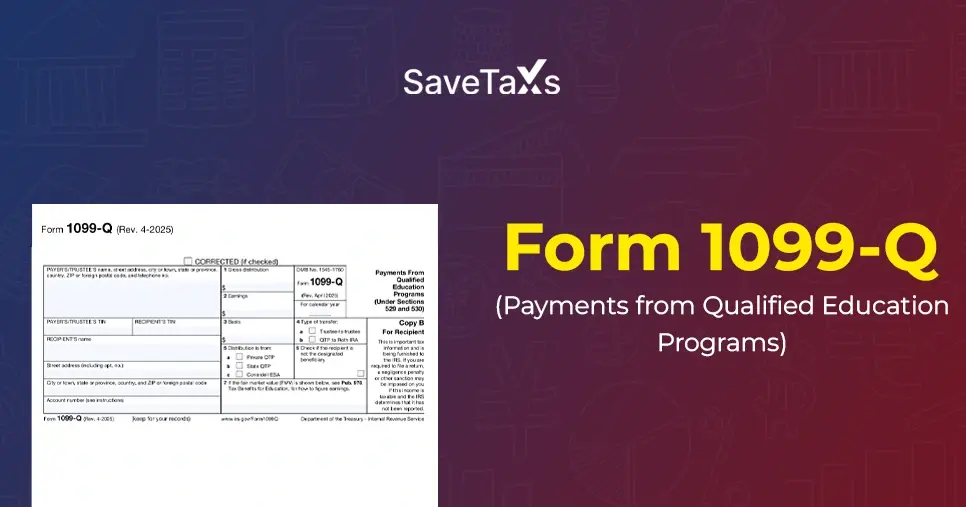
_1764918370.webp)

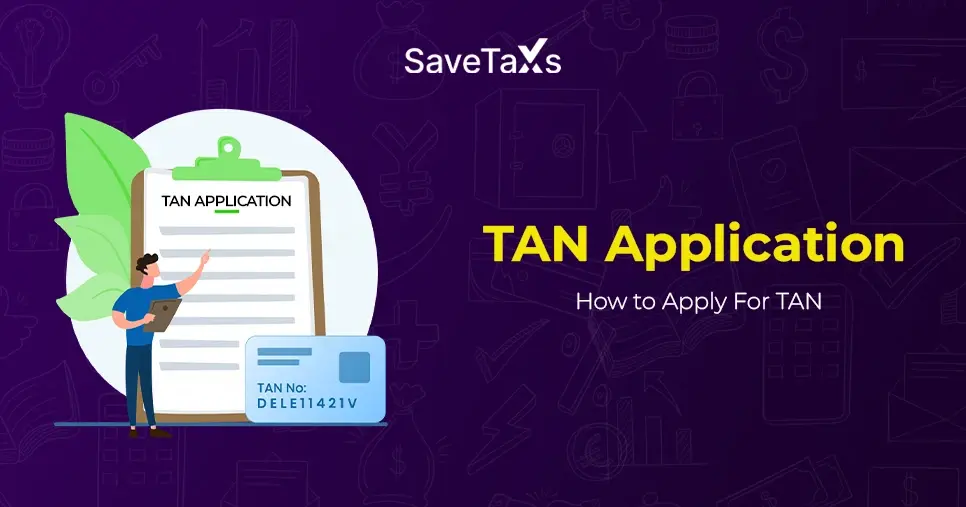
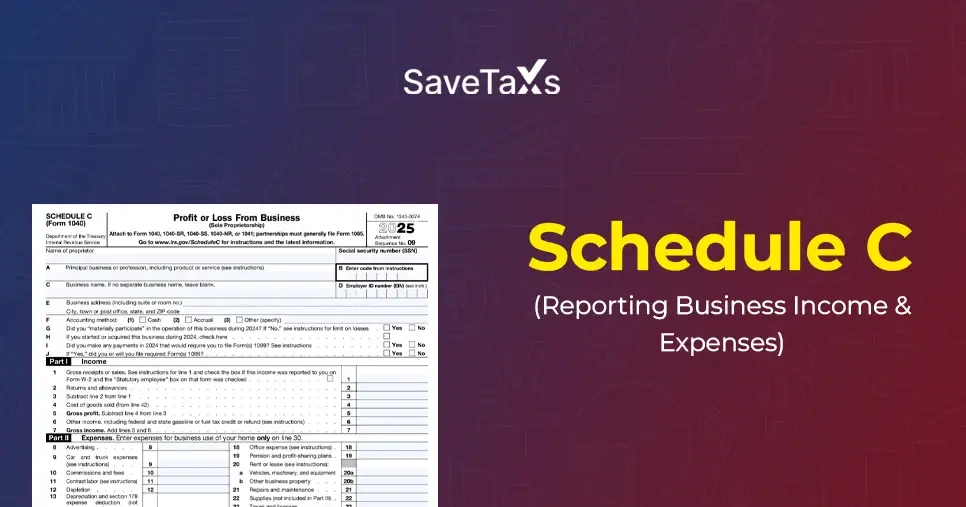
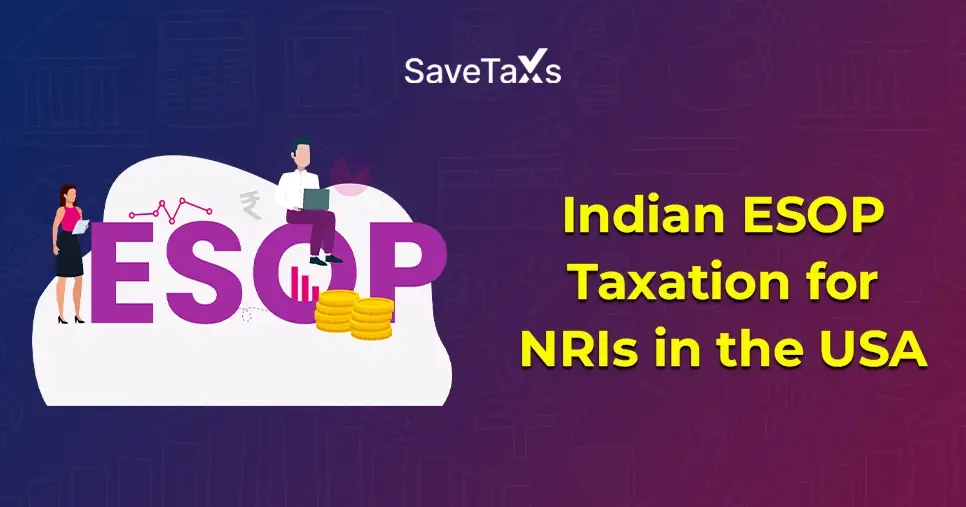
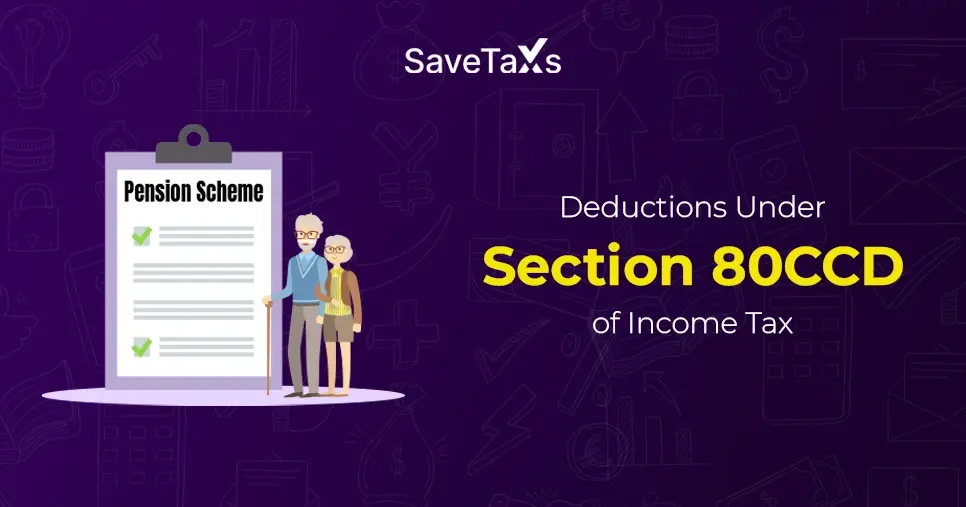
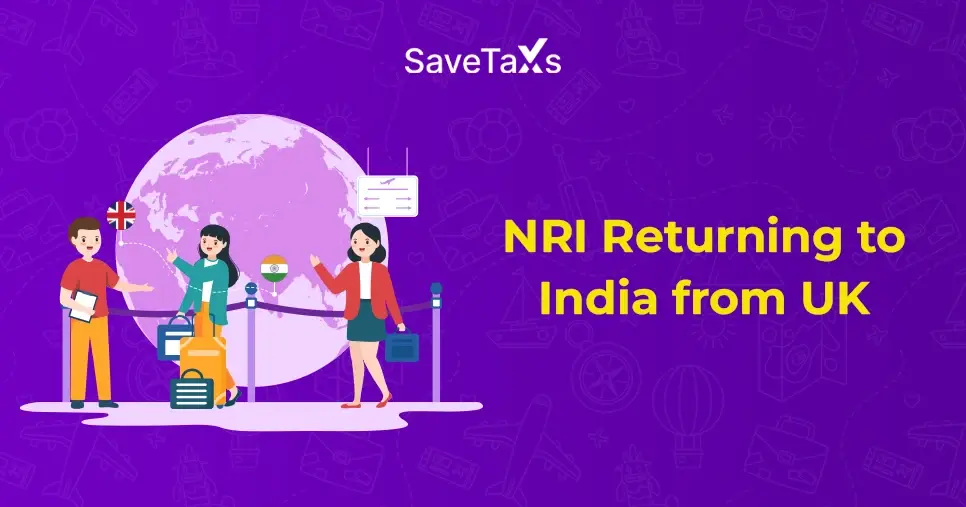
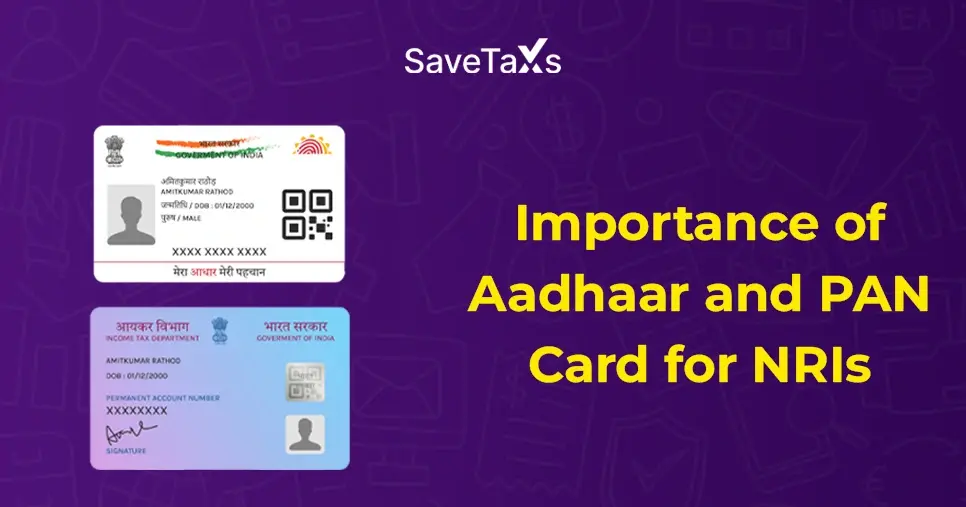
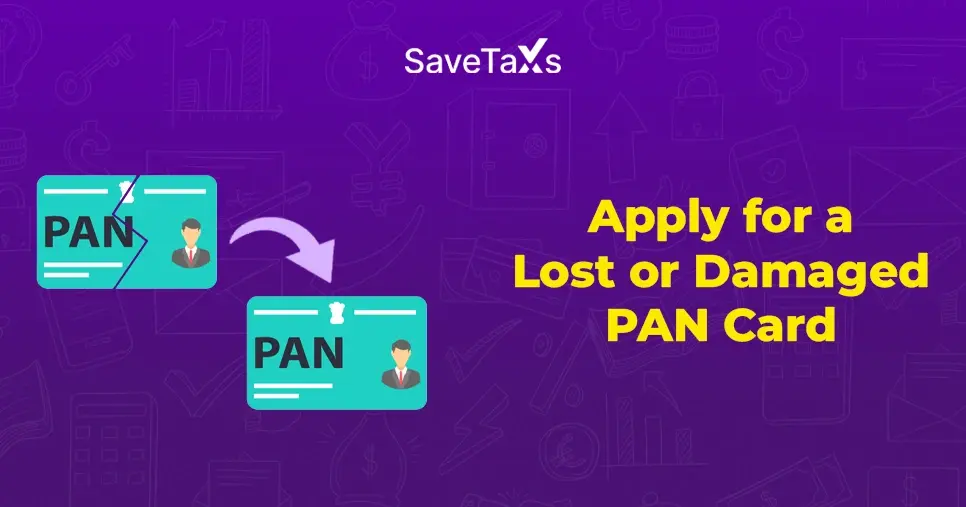
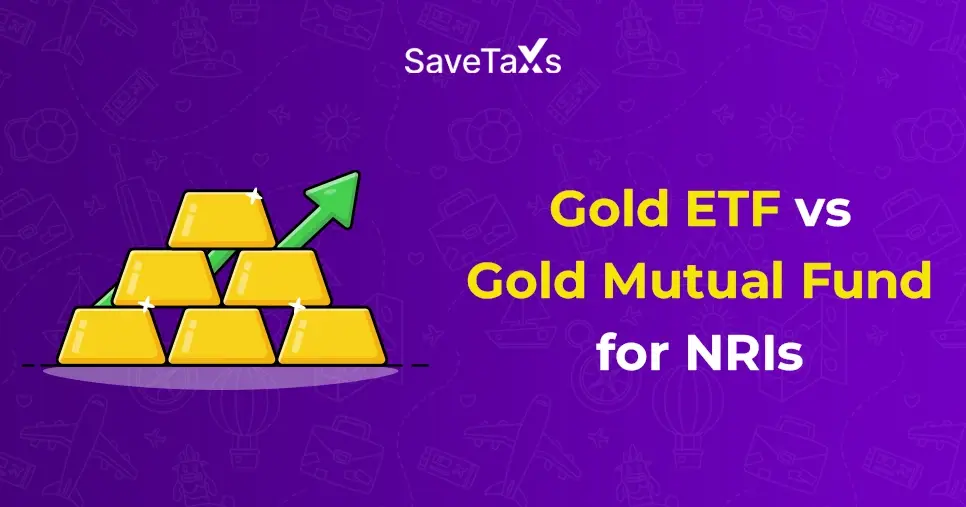
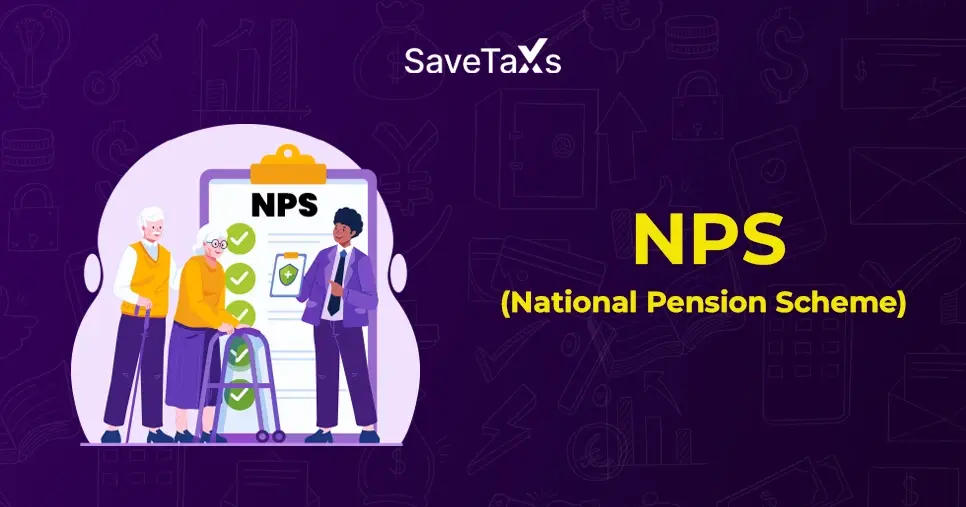
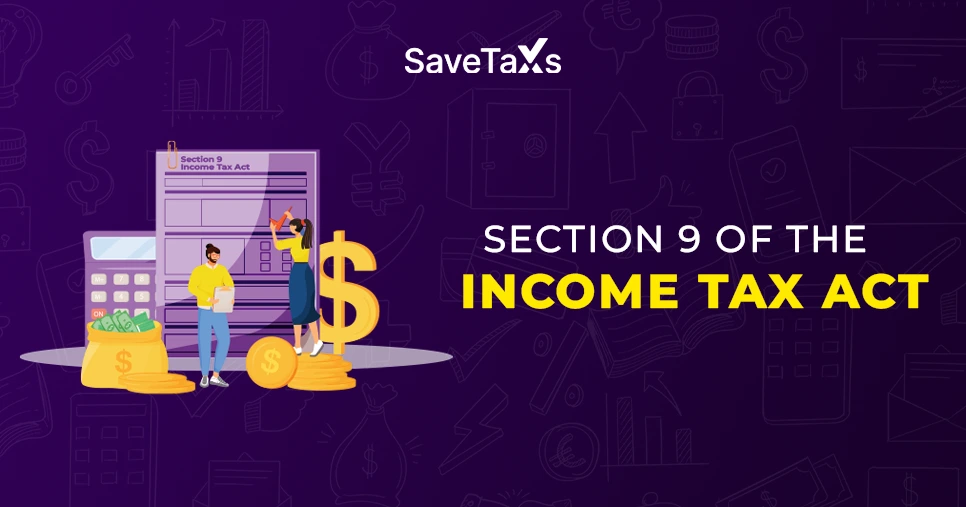
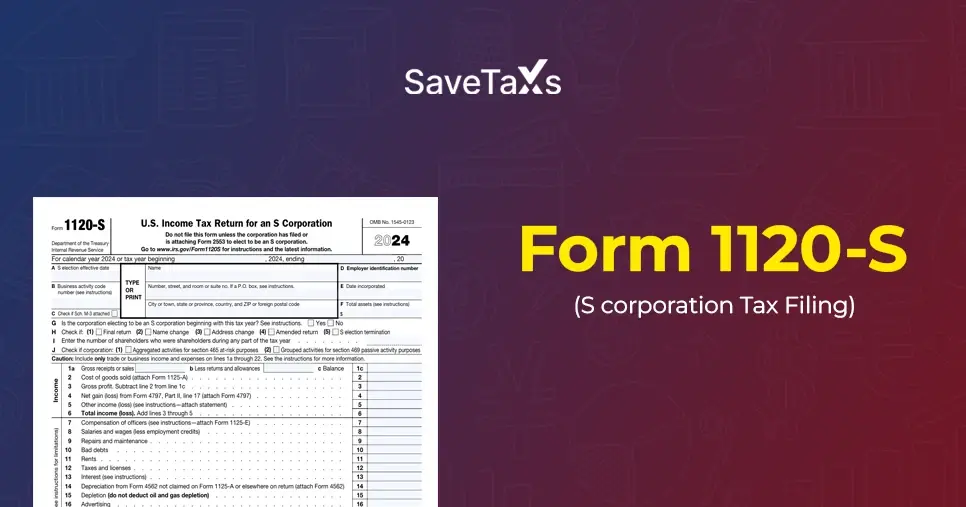
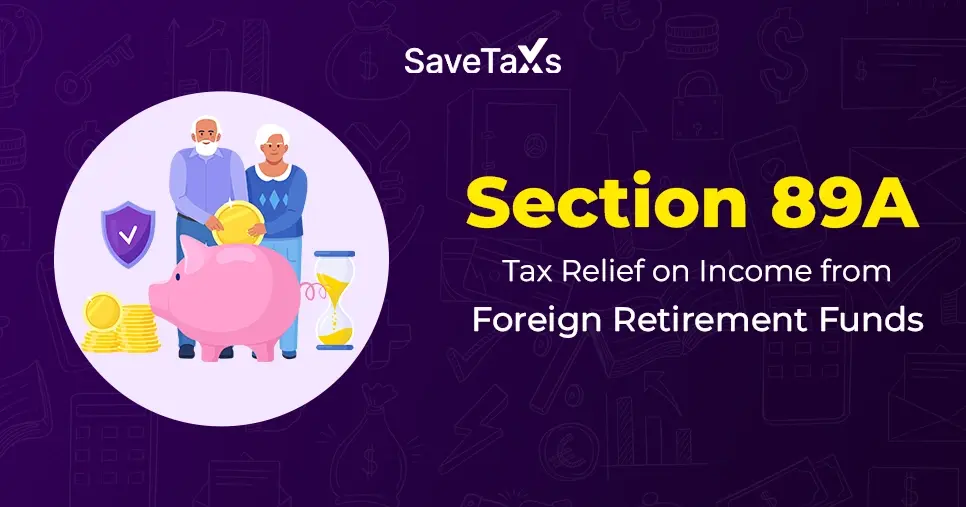
_1756729655.webp)
